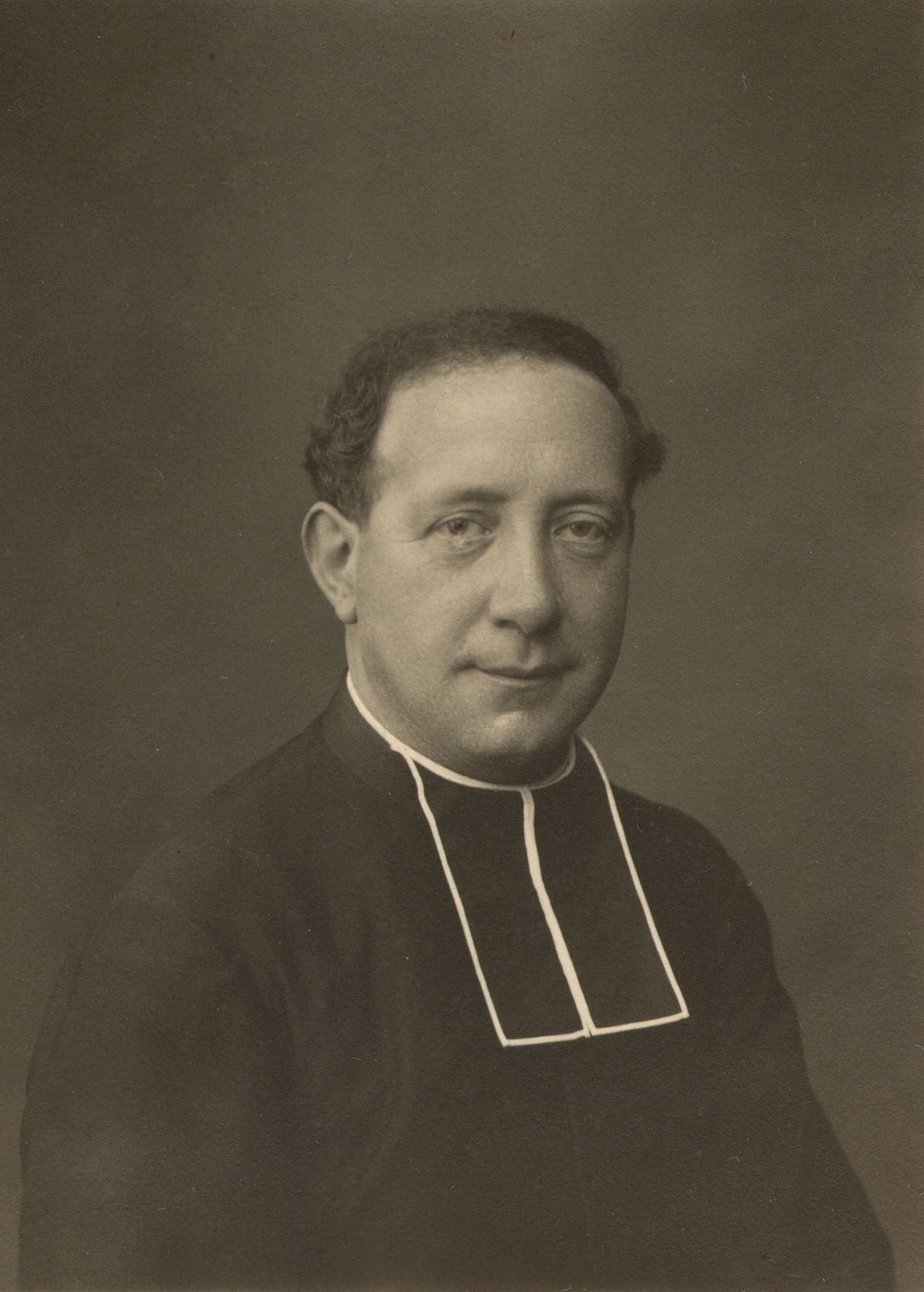To find out more, read Antoinette Guise's master's thesis:
The miracles of Sr Thérèse of the Child Jesus between 1898 and 1926
Thérèse of Lisieux is considered a great holy miracle-worker or rather, as one of the best intercessors with Jesus, by virtue of a tradition which dates back to the first publication of the Story of a Soul, and which is supported by the Rain of Roses, as well as by the abundance of testimonies accumulated over the decades, written testimonies and oral tradition.
This quality of intercessor, it is she who seems to have wanted it, if we rely on words spoken at the end of her life and which were reported by her sisters:
- After my death, I will make a Rain of Roses fall
- I want to spend my heaven doing good on earth
- I'll be back
We therefore commonly speak of the miracles of Saint Thérèse. The word miracle has several meanings. First of all, in cultures of Christian tradition, it has a general meaning, of “extraordinary fact where one believes one recognizes a divine, benevolent intervention, to which one confers a spiritual significance. (Dictionary Le Robert)
It was then a gateway to the mystery of divine creation, and as such is the subject of constant questioning by theologians, starting with Saint Augustine and then Saint Thomas Aquinas. In modern times, the Church defines criteria for discerning the miracle, either within the framework of the canonization process (Prospero Lambertini, 1734) or, more precociously, within the framework of the control of the cult of saints (Urban VIII, years 1620-1640).
From that moment on, if we speak of miracles, for example concerning a pious person, living (the Curé of Ars) or deceased (Thérèse of Lisieux), of the prodigies performed by the water of source (Lourdes), it becomes necessary to proclaim that it is left to the Church to decide on the reality of these miracles (respect for the decrees of Pope Urban VIII). The canonical recognition of a miracle is carried out by means of an investigation carried out by the local bishop, on his own initiative or mandated by Rome (in the context of a canonization process).
In the case of Thérèse, the Carmelites of Lisieux have always taken care to provide their readers with two details.
First clarification : the affirmation, at the head of the Rain of Roses, according to which the use of words such as "miracle, relic, pilgrimage, vision, apparition, saint... were printed to respect the text of the letters received, without any intention to anticipate and prejudge the decision of the Church”. This warning is obligatory in the eyes of the Church.
Second clarification : “the facts reported have not all been scientifically or canonically verified”, explaining their publication out of a desire to “show how general the confidence of the faithful in the intercession of Sister Thérèse of the Child Jesus is. This second assertion is made necessary by the historical context in which devotion to Sister Thérèse unfolds: in fact, with the development of the Lourdes pilgrimage from the 1870s, the idea became popular that a true miracle is a miracle "scientifically proven".
Today, we talk less about the scientific observation of a miracle. What is more important, in the eyes of Catholics, is recognition by the Church. Moreover, from the second half of the XNUMXth century, the considerable development of science, particularly medical science, combined with the religious crisis that France was going through (secular laws) and even the Church (modernist crisis) made miracles an issue. in discussions about the existence of God, or about what God is.
Before the beatification of Thérèse, the Carmelites of Lisieux took care, in order to avoid these pitfalls, to favor more neutral words than that of miracle: graces, healings, favors, interventions, extraordinary events, and of course "Rain of roses", term that signs the Teresian miracles.
This being so, several miraculous facts have been studied by the Sacred Congregation of Rites, within the framework of the canonization procedure, and 4 of them have been validated for Beatification and for Canonization.
Another miraculous event was the subject of a canonical investigation, because of the emotion it aroused, on the spot and among Sister Thérèse's friends: it is the miracle of Gallipoli. The stories tell that Thérèse appeared to the prioress of a poor Carmel in Puglia in 1910. She helped her community materially, and brought confirmation of the validity of her spiritual path by affirming to Mother Carmela: "my path is sure , and I was not mistaken in following her”. Gallipoli has since become a place of pilgrimage and an important center for spreading Teresian spirituality in Italy.
Antoinette Guise



